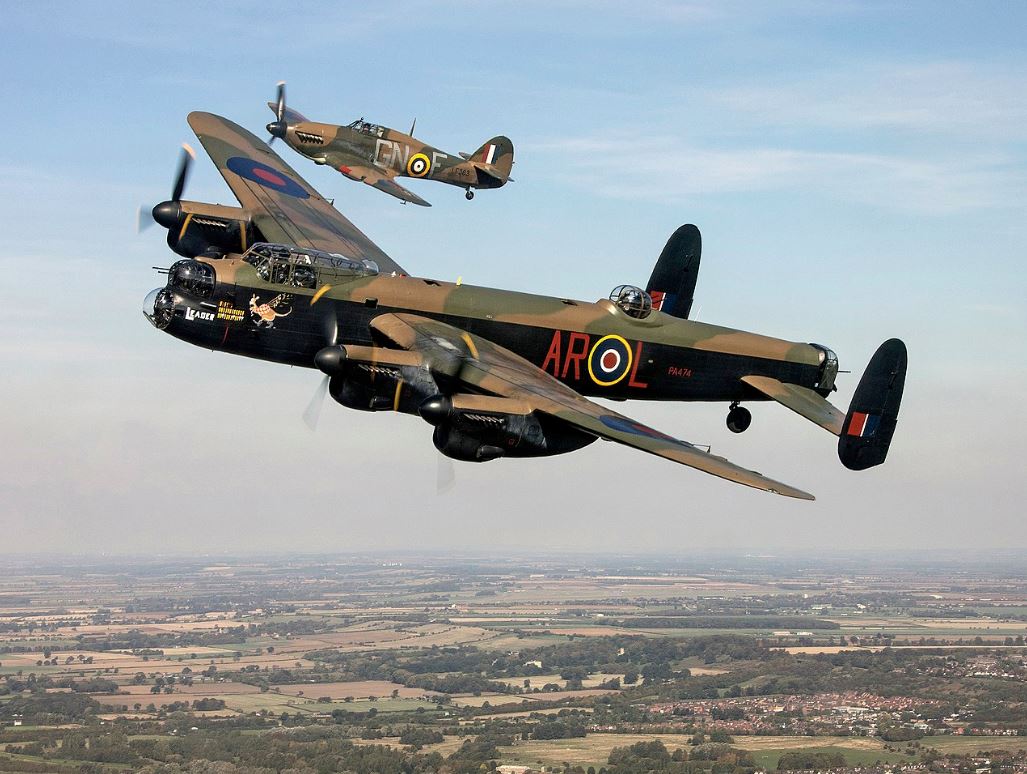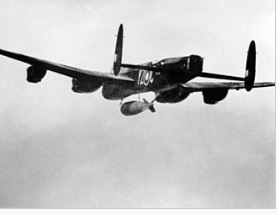Avro Lancaster
From Our Contribution
Contents
Remarks
In 1936 the RAF first investigated the used of 4 engine aircraft following some success by the US and the USSR. In mid 1937 prototypes based on a design competition were ordered and 200 models produced known as the Manchester which was underpowered and the Vultee engine was unreliable. By mid 1940 an alternative design was developed using a less powerful but more reliable engine, the Rolls Royce Merlin. Further improvements followed and in October 1941 the first production Lancaster made its first flight. An initial order for 1,070 planes followed.
Production continued until February 1946. One interesting use of the Lancaster was a food drop in Holland at a time when the Dutch were starving - 145 Mosquitoes and 3,156 Lancaster aircraft participated.
3,249 Lancasters were lost in action across the 50 Squadrons that flew the plane. At the close of hostilities Lancasters were used to return thousands of POWs from Germany and Poland to the UK. The final Lancaster in RAF service made its last flight in late 1954.
General characteristics
- Crew: Seven - Pilot, flight engineer, navigator, bomb aimer/nose gunner, wireless operator, mid upper and read gunners.
- Length: 21.13 m
- Wingspan: 31.09 m
- Height: 6.25 m
- Empty weight: 16,738 kg
- Max takeoff weight: 30,844 kg
- Powerplant: 4 x Rolls Royce Merlin XX V112 liquid cooled piston engines. 1,280 hp each
- Maximum speed: 454 km/h at 3,962 m
- Range: 4,070 km
- Service ceiling: 6,500 m
- Armament
- Guns: 2 x .303 Browning Mk II machine guns each in nose and upper turrets, and 4 of same in rear turret.
- Bombs: Maximum load of 6,400 kg
Crew members
No. 50 Squadron RAF
- Vernon Harold Minchin Navigator 28 Sep 1944 - 29 Oct 1944 KIA

